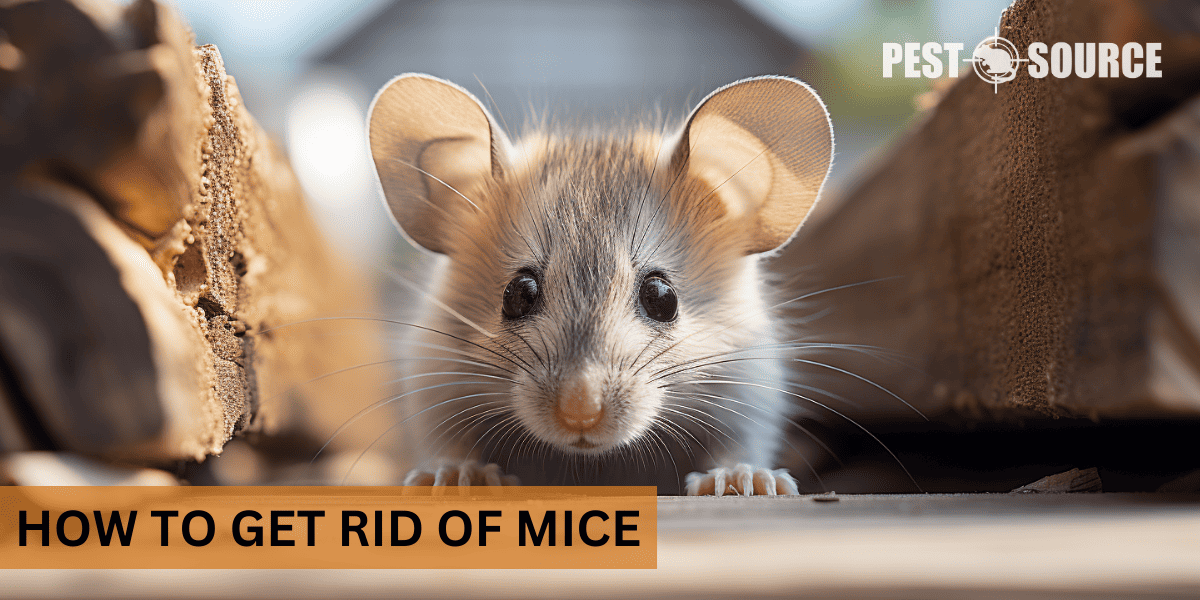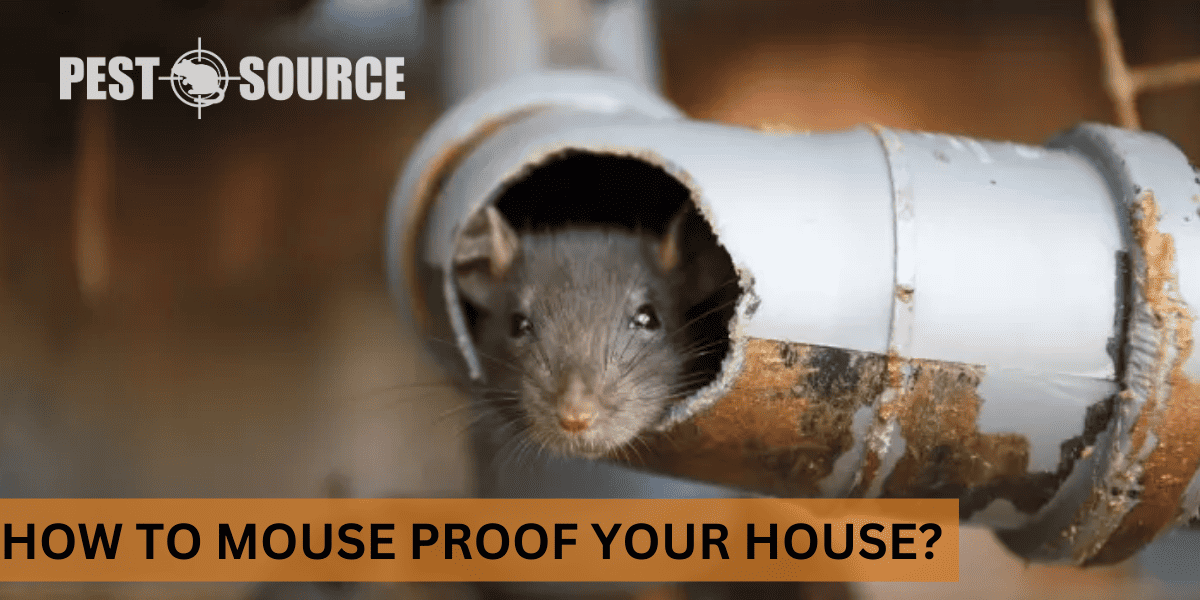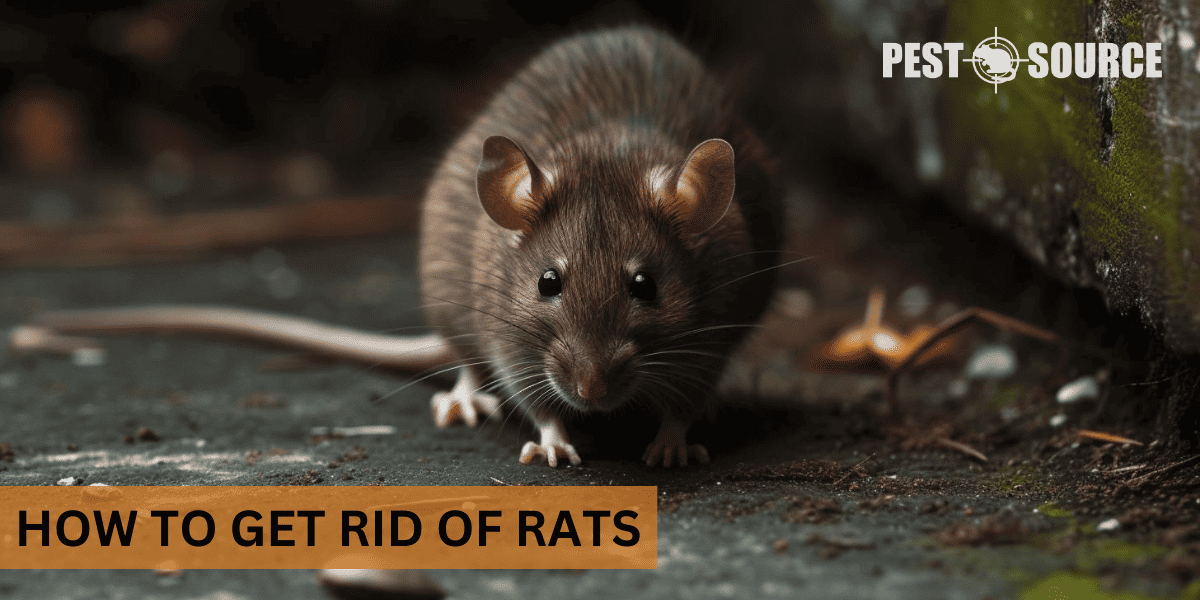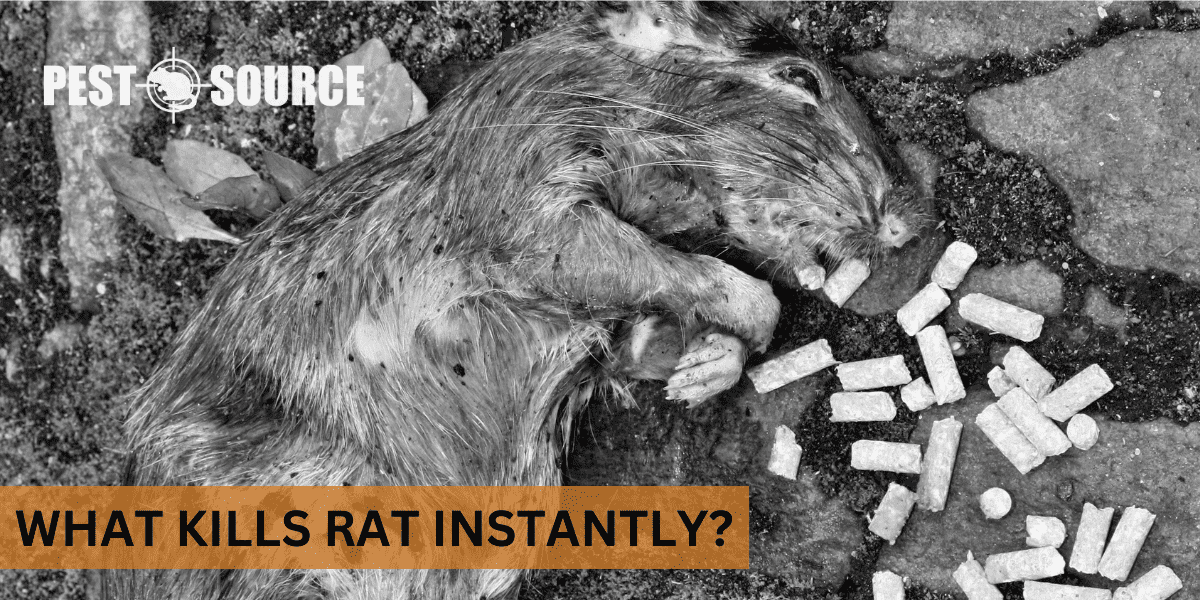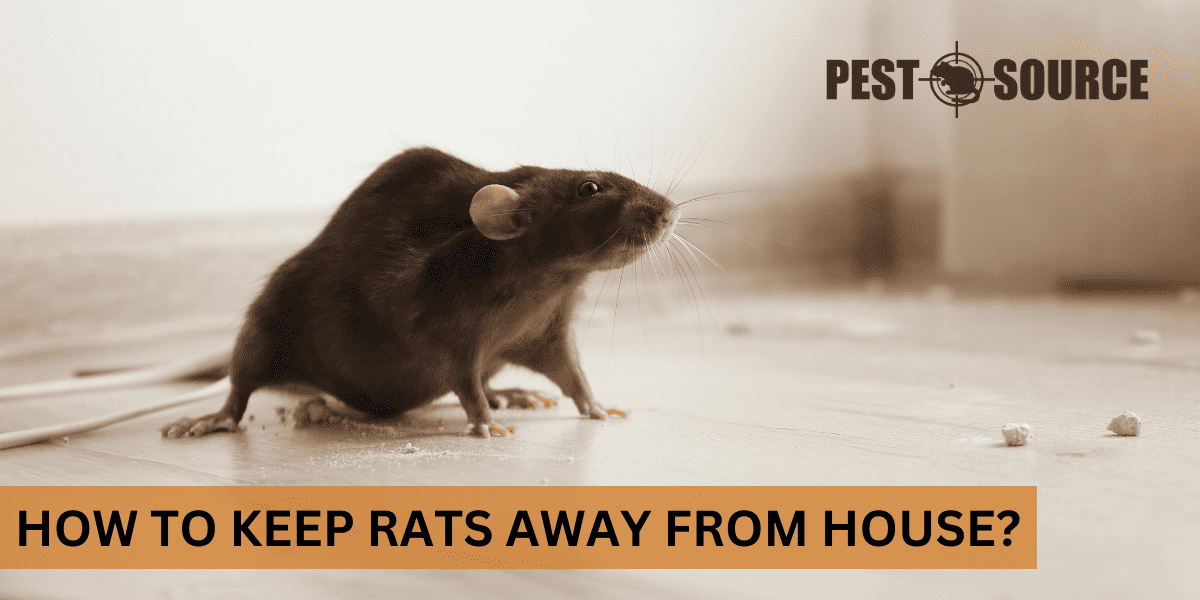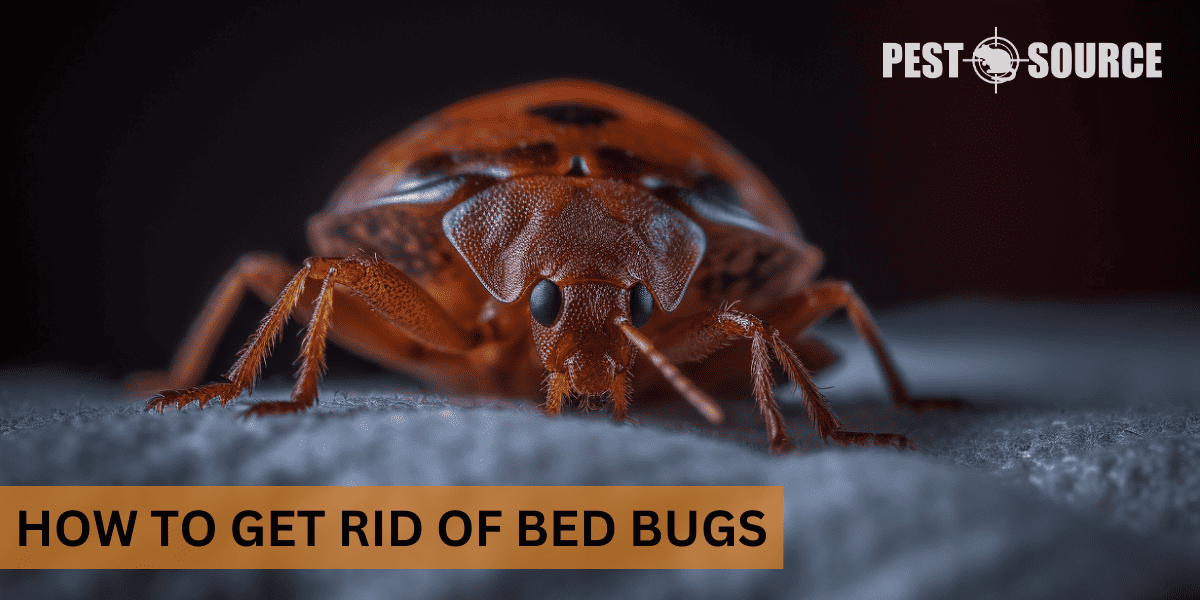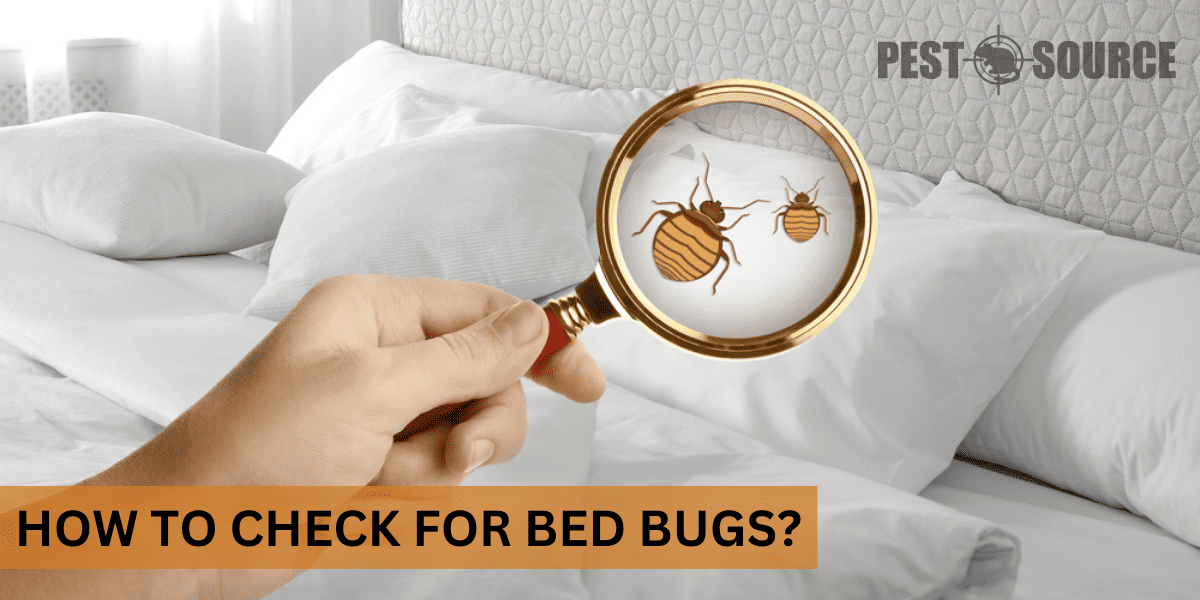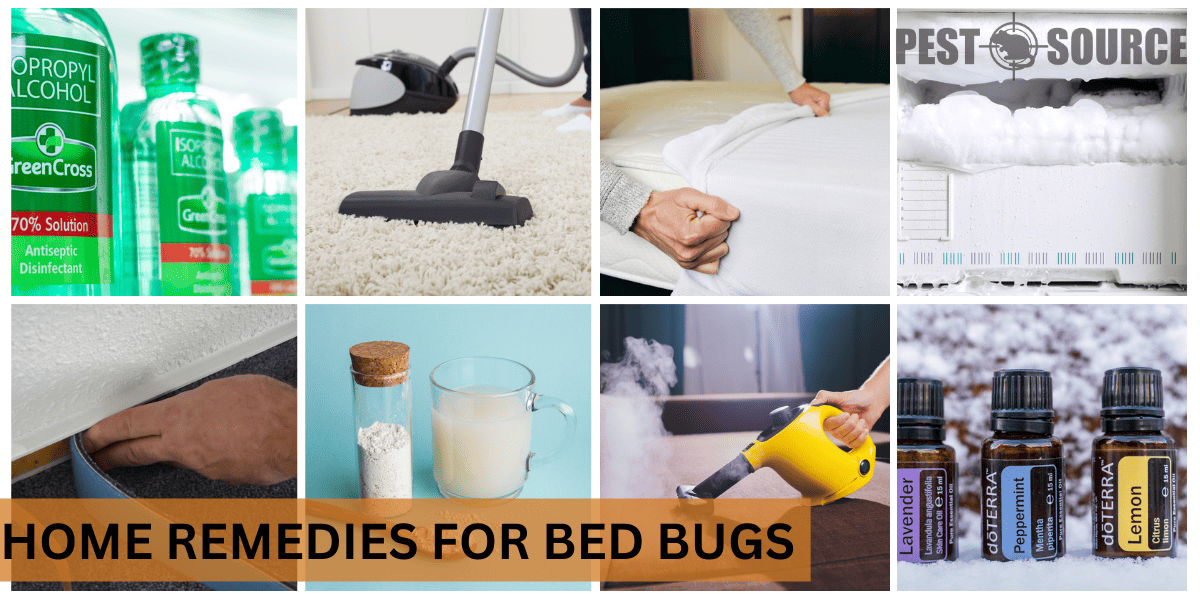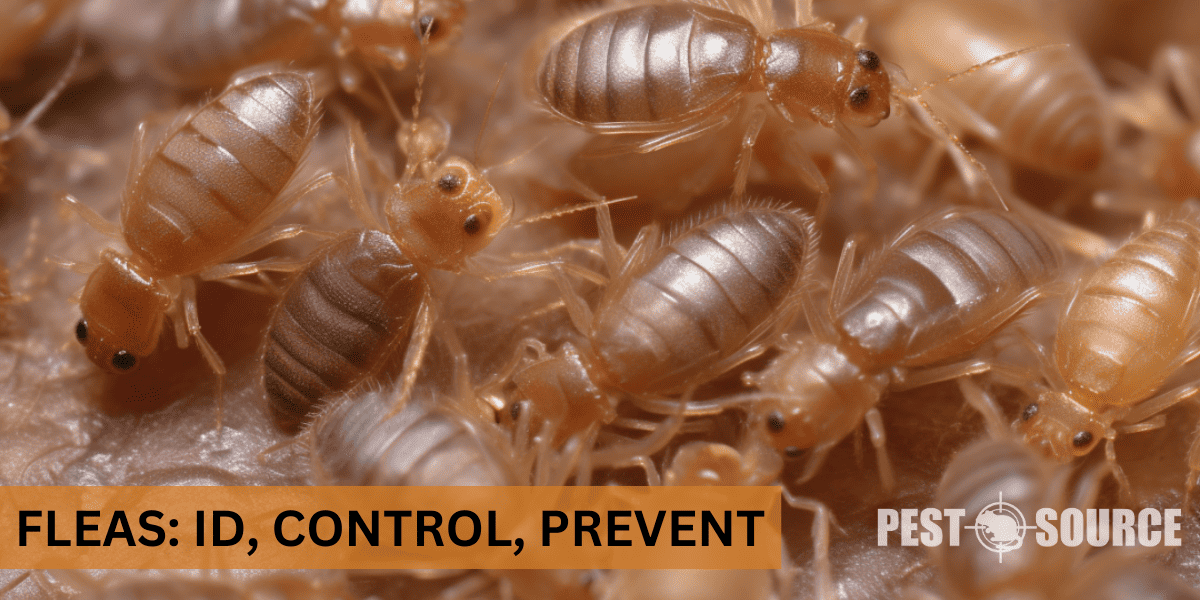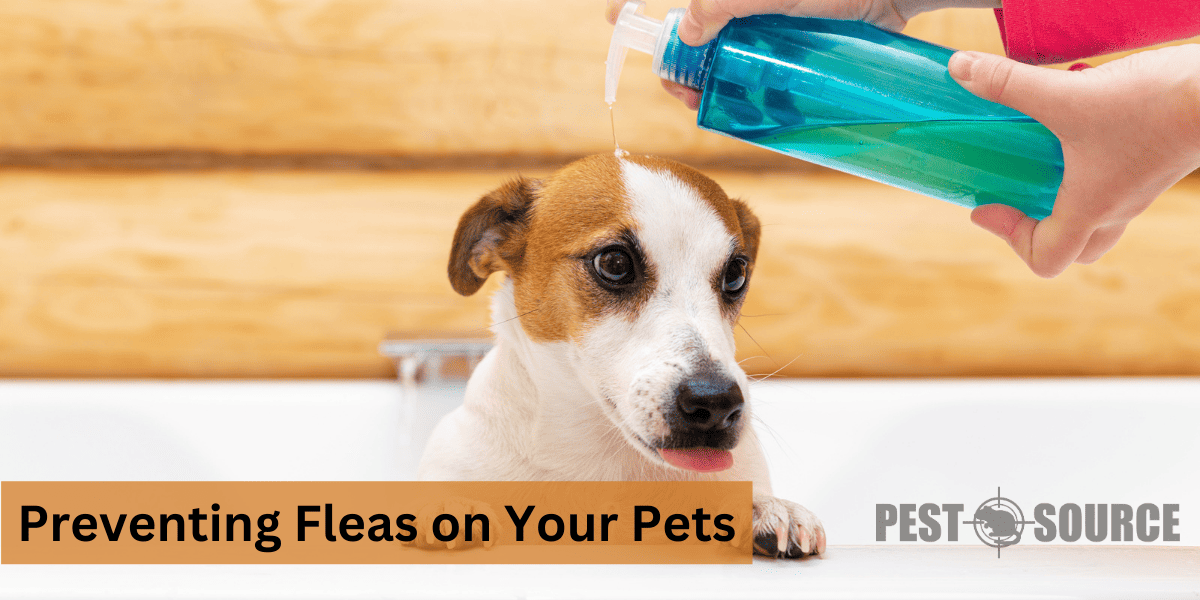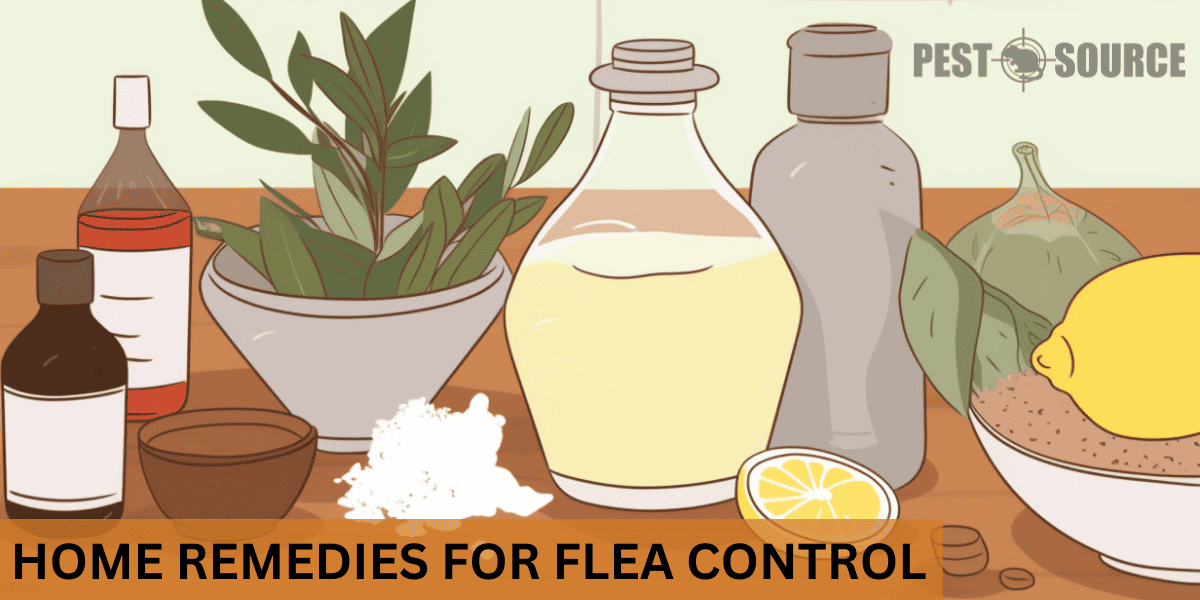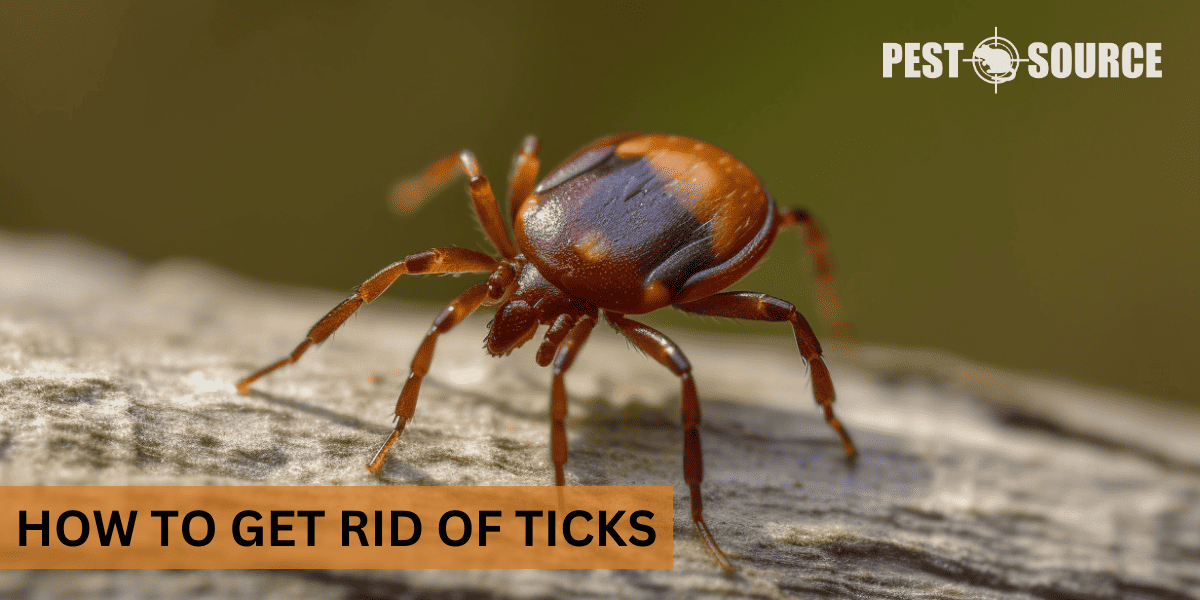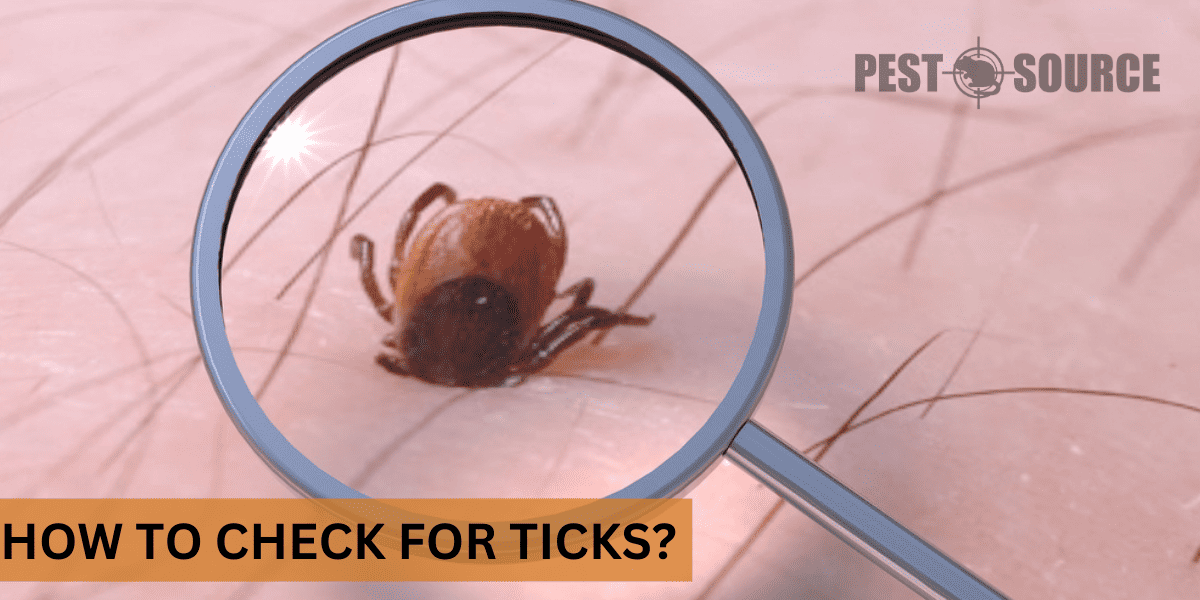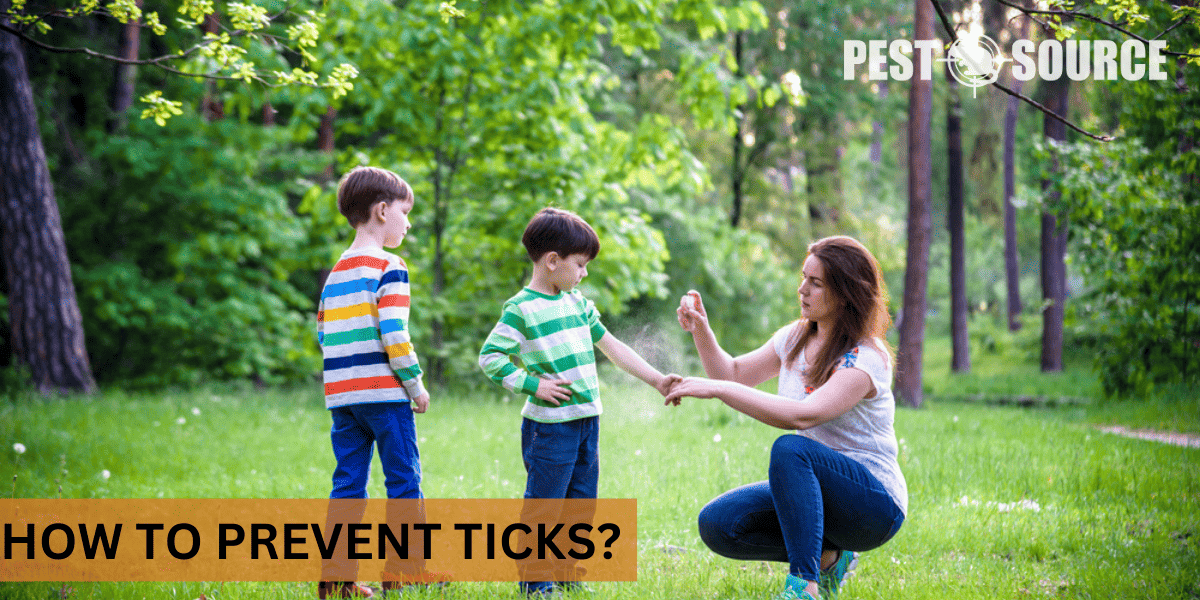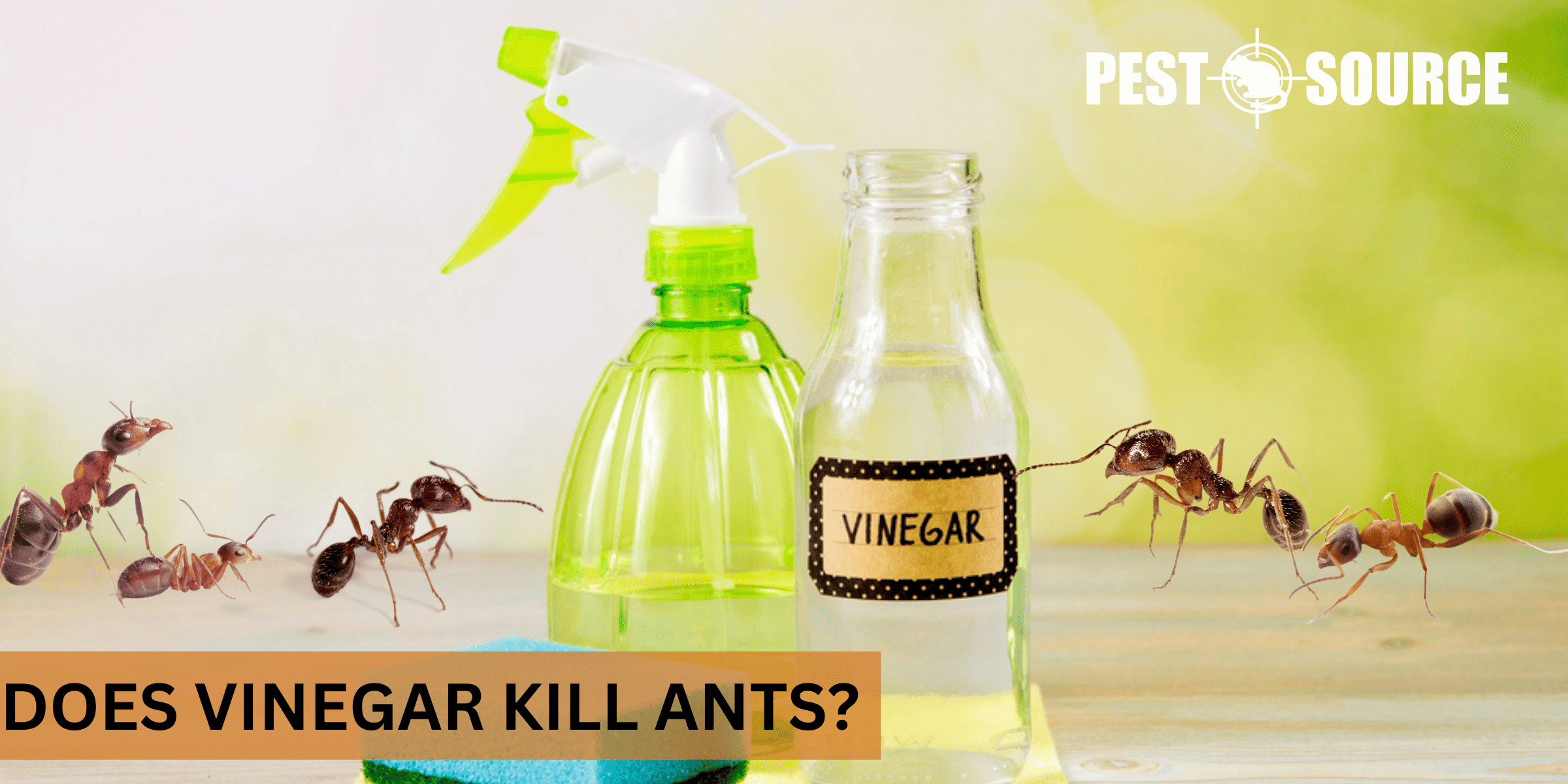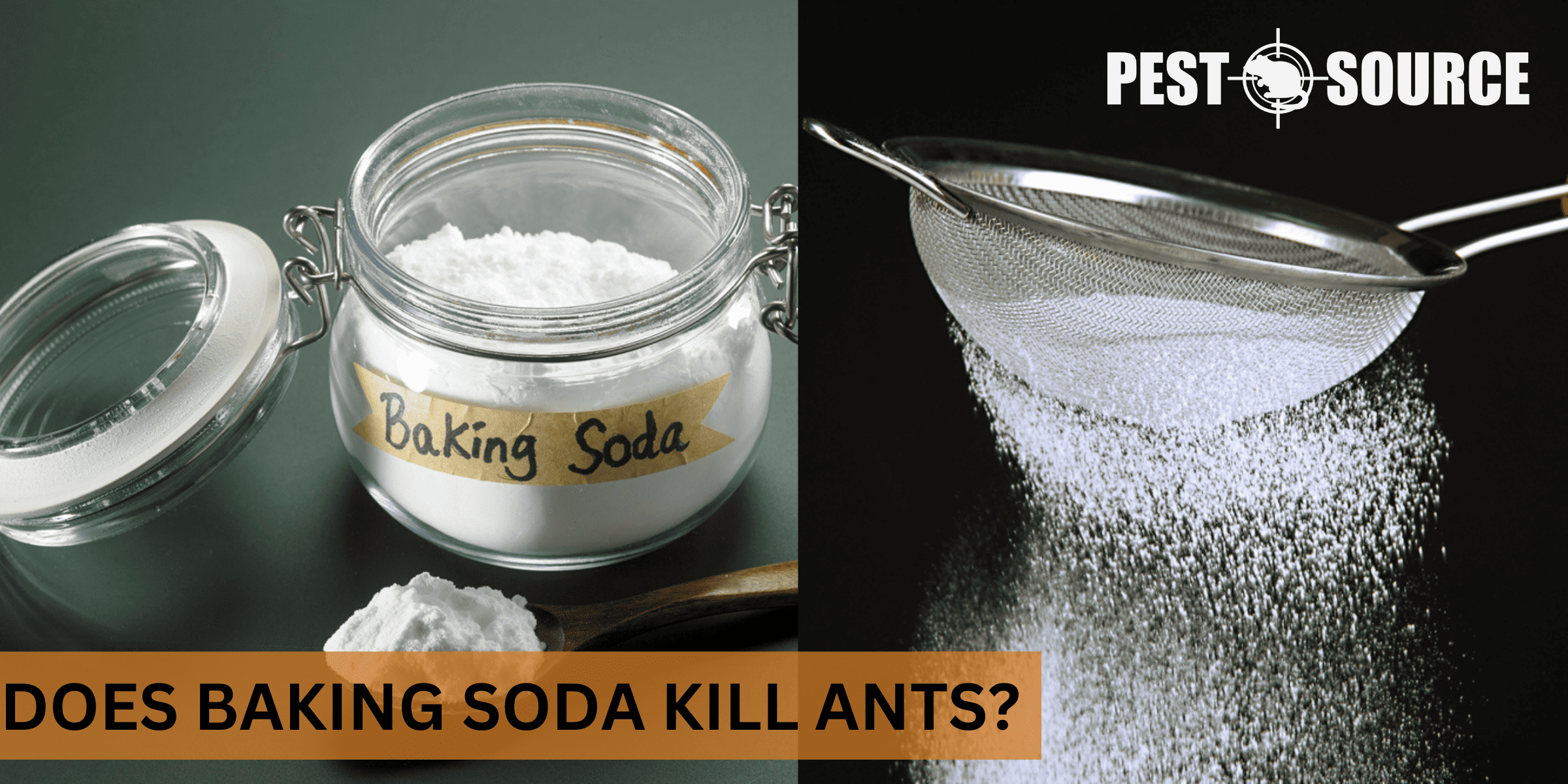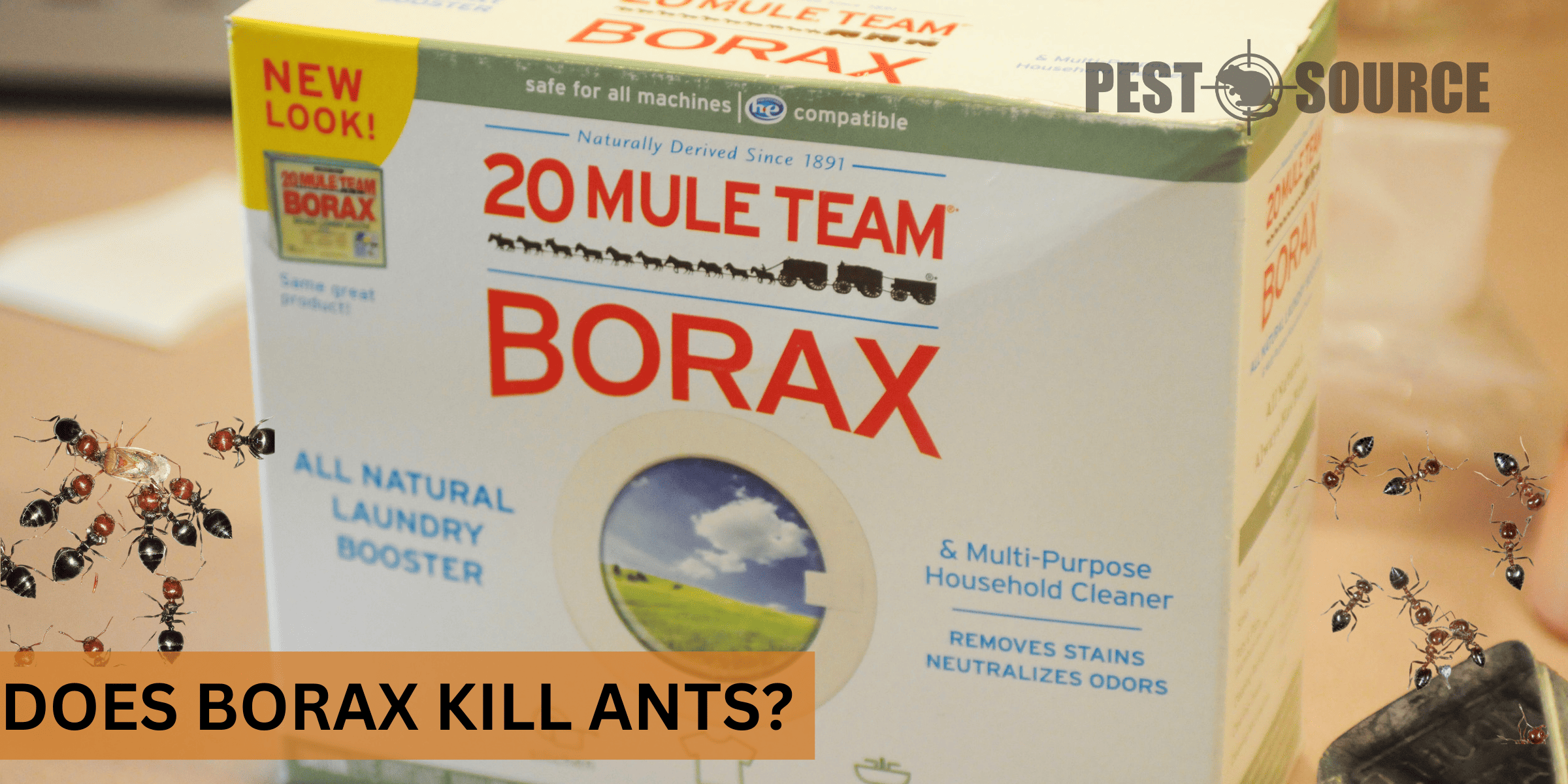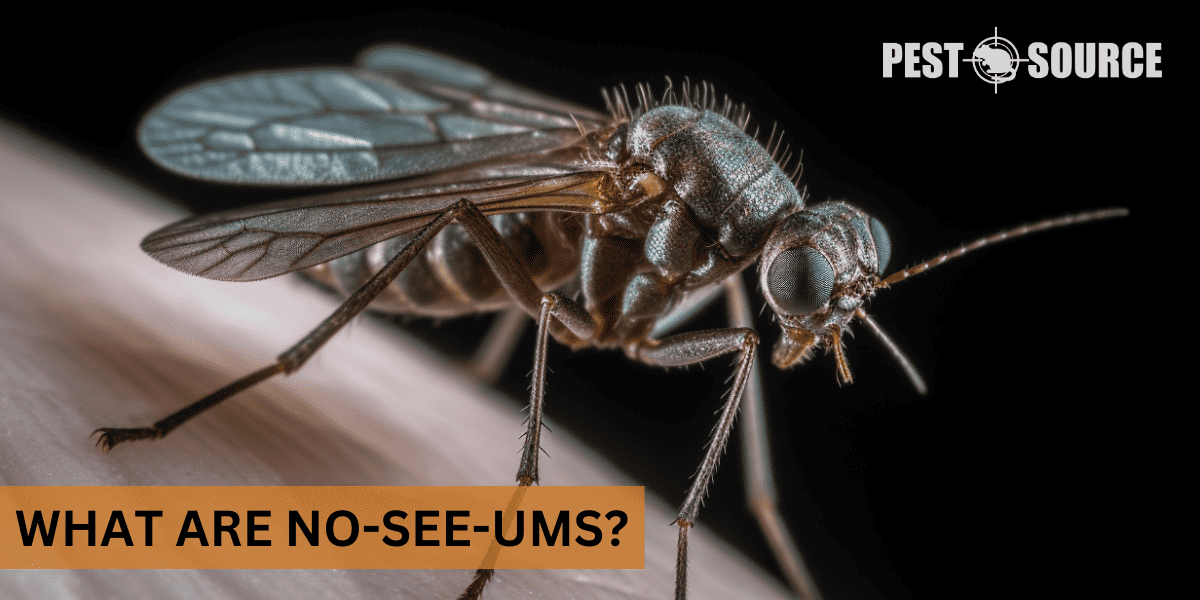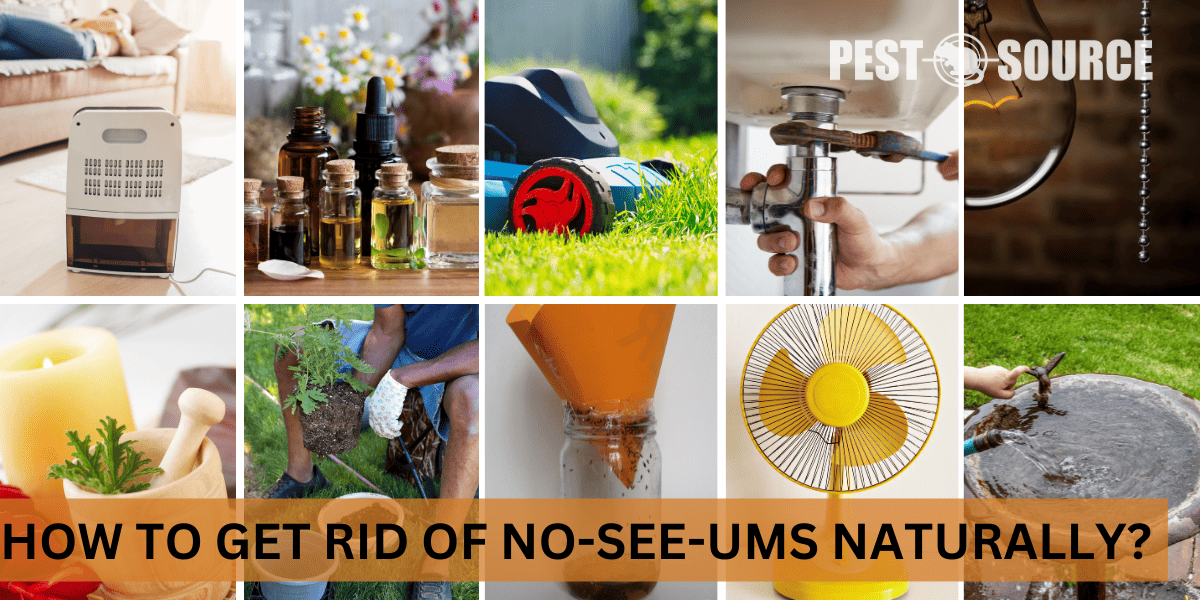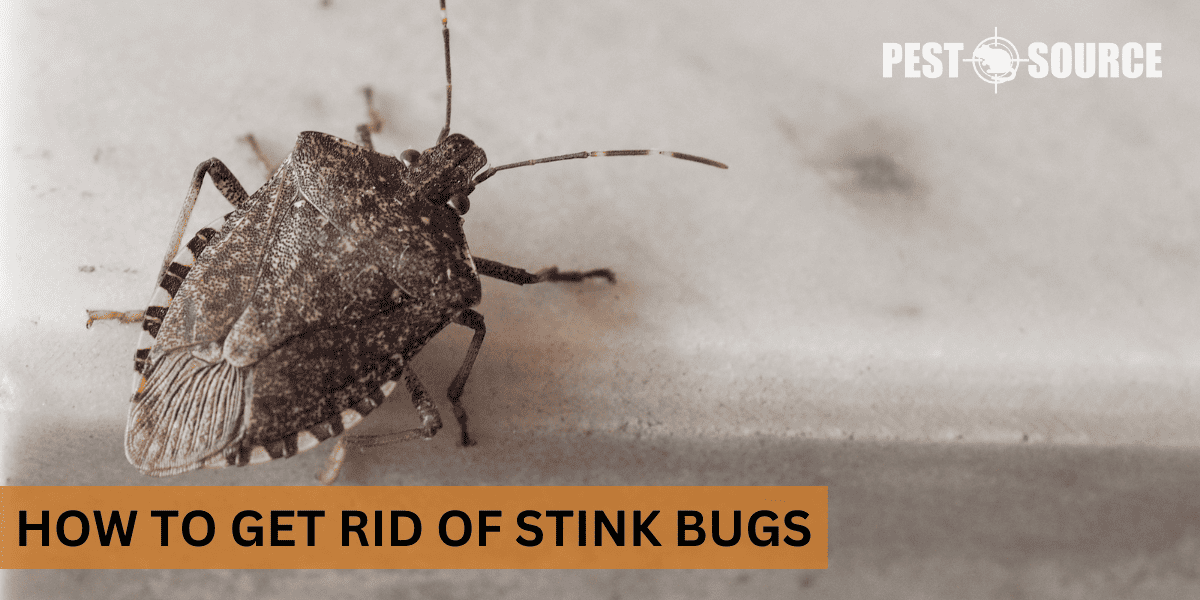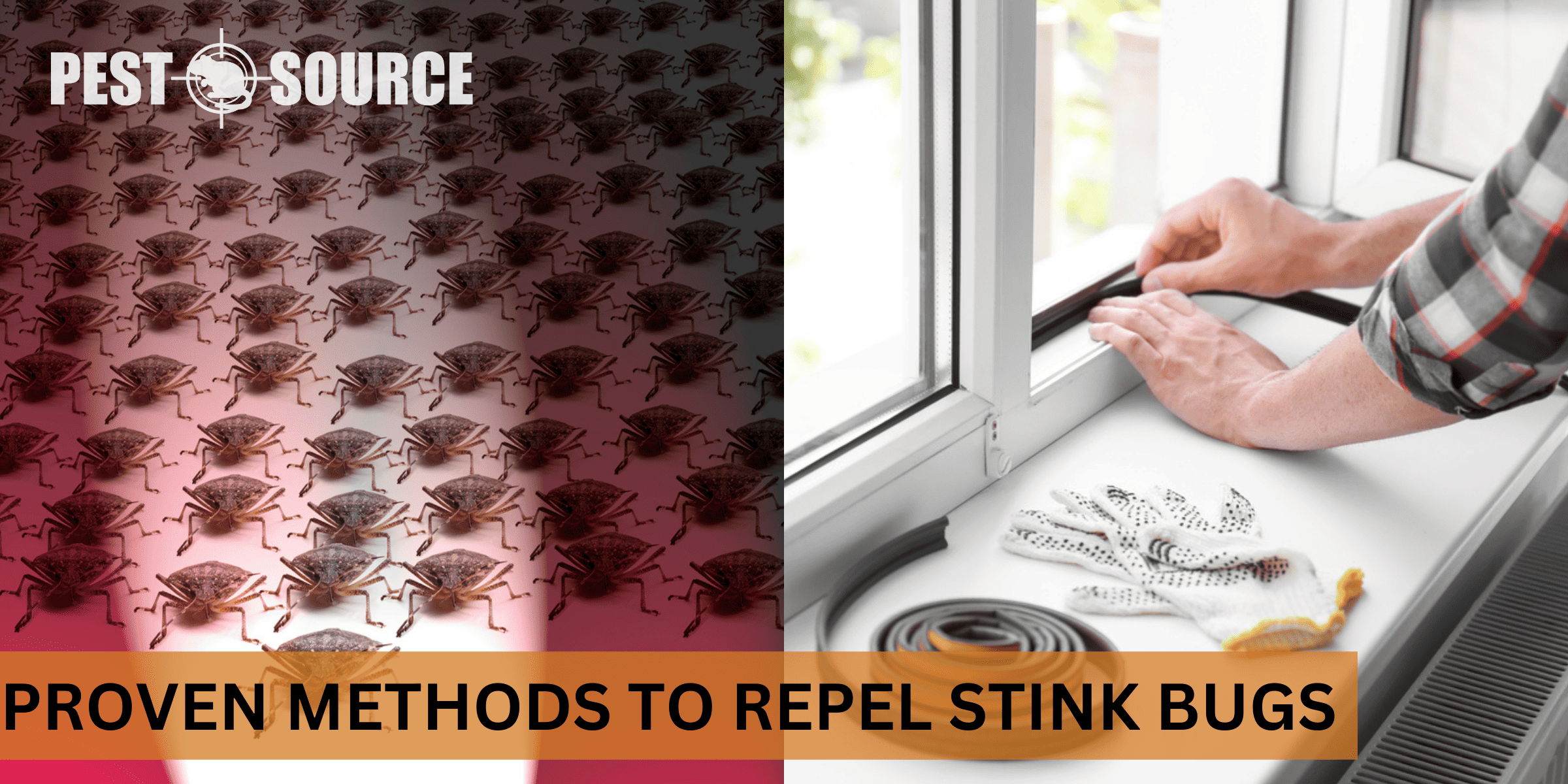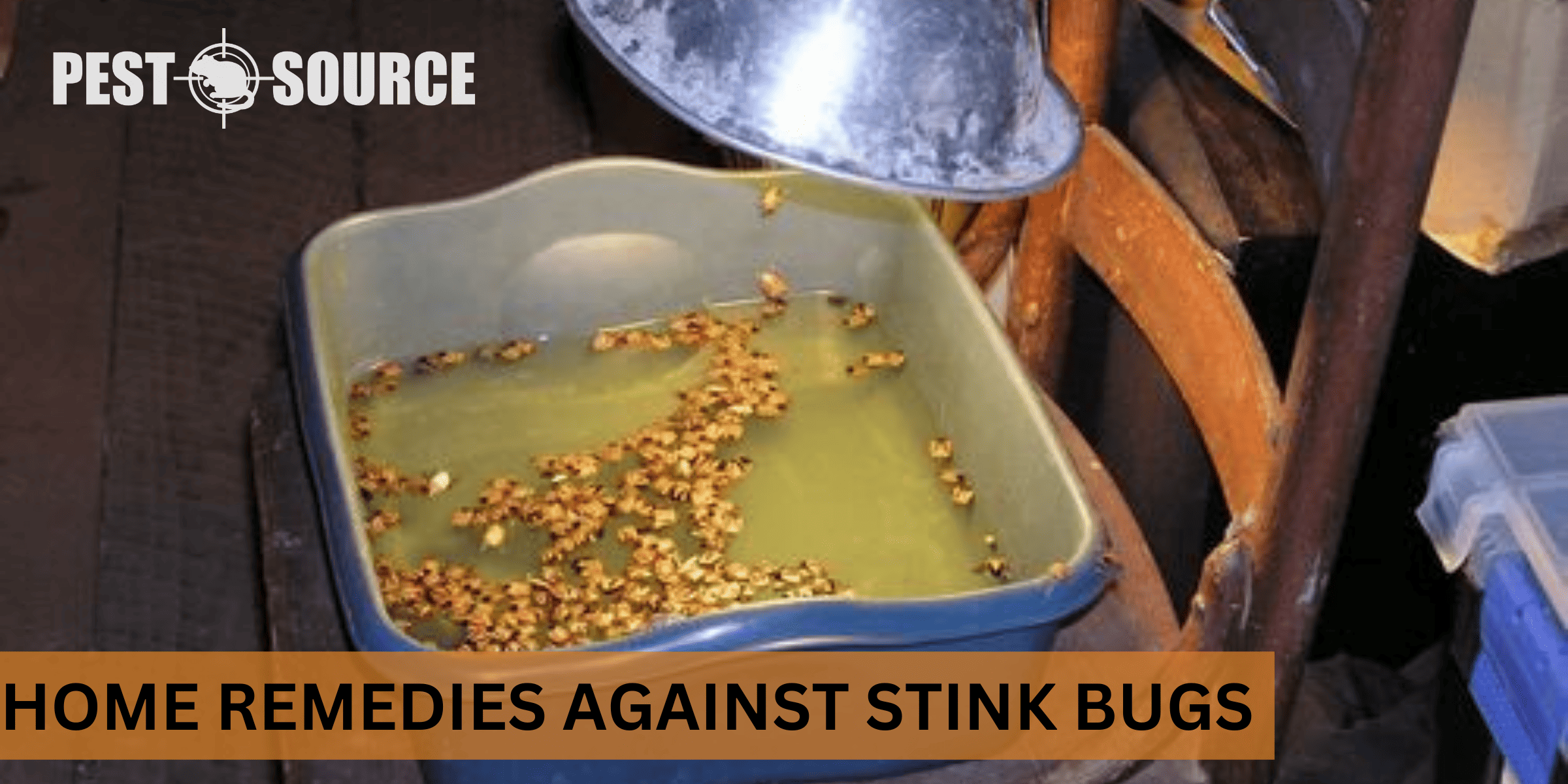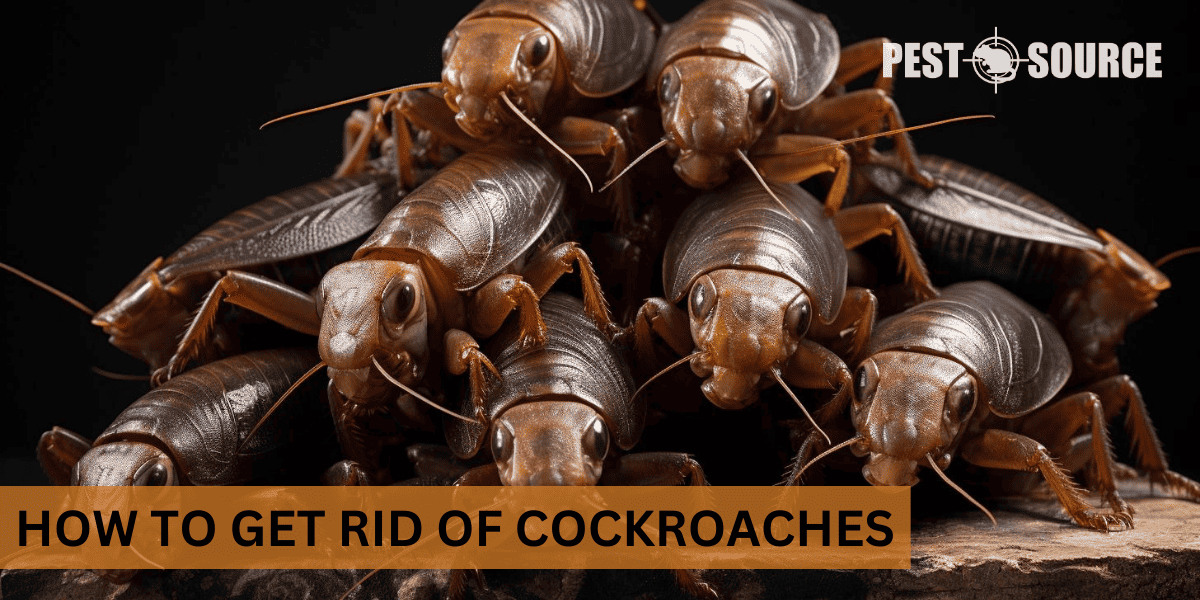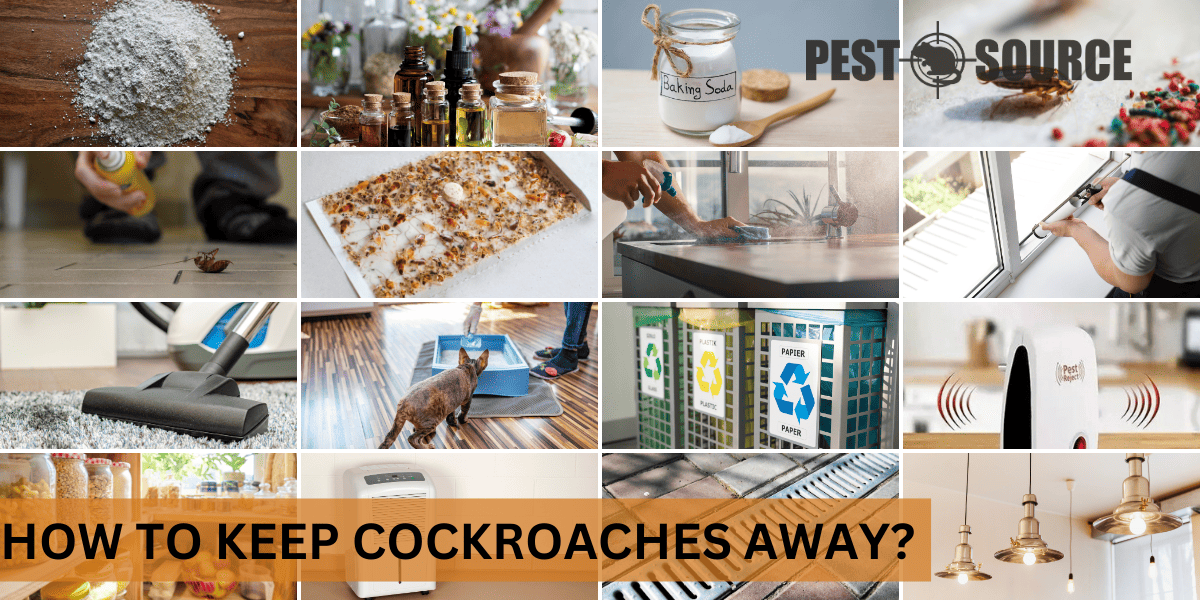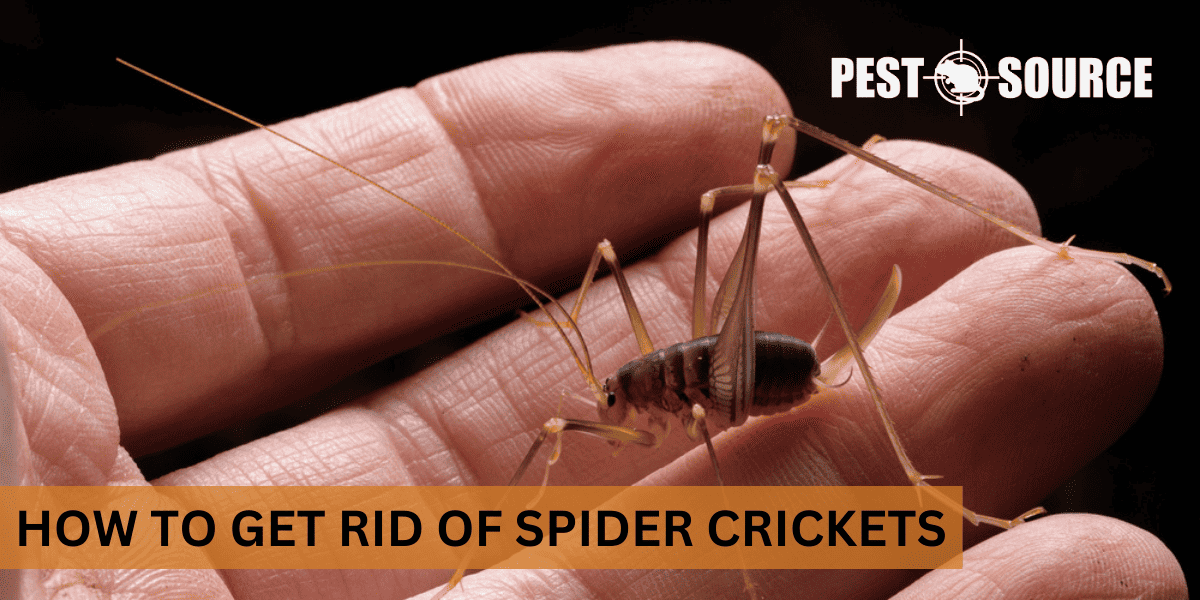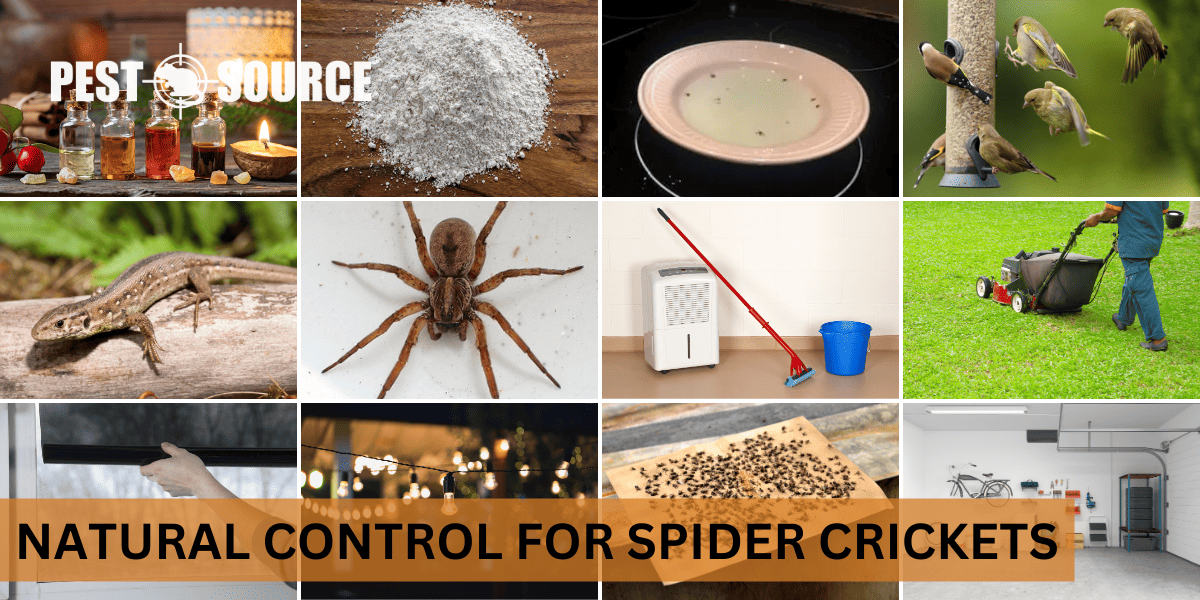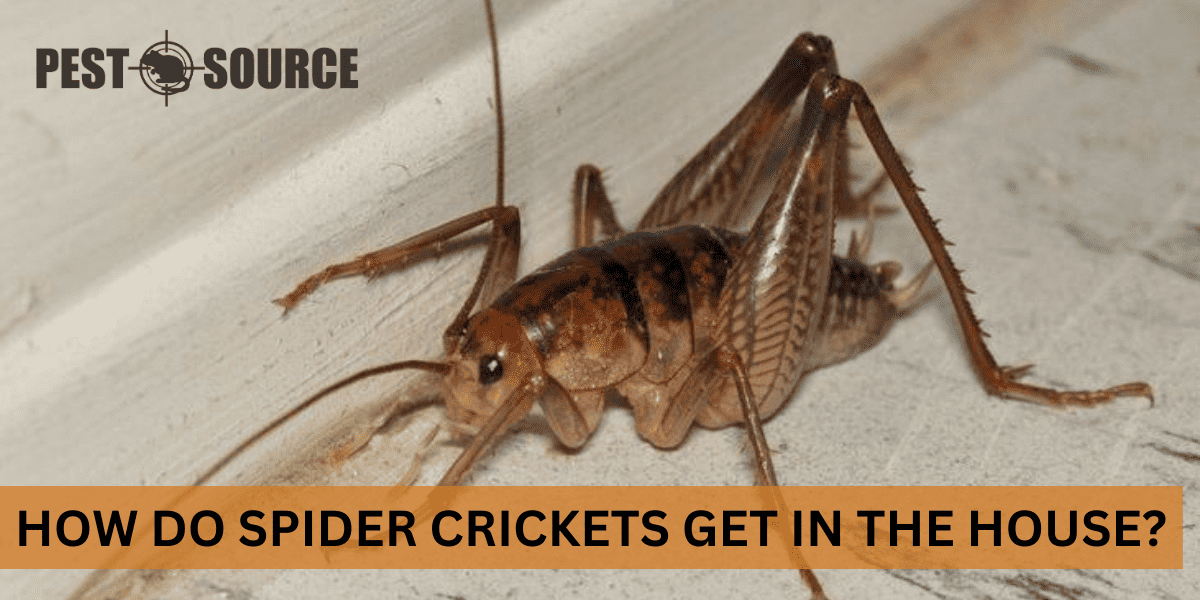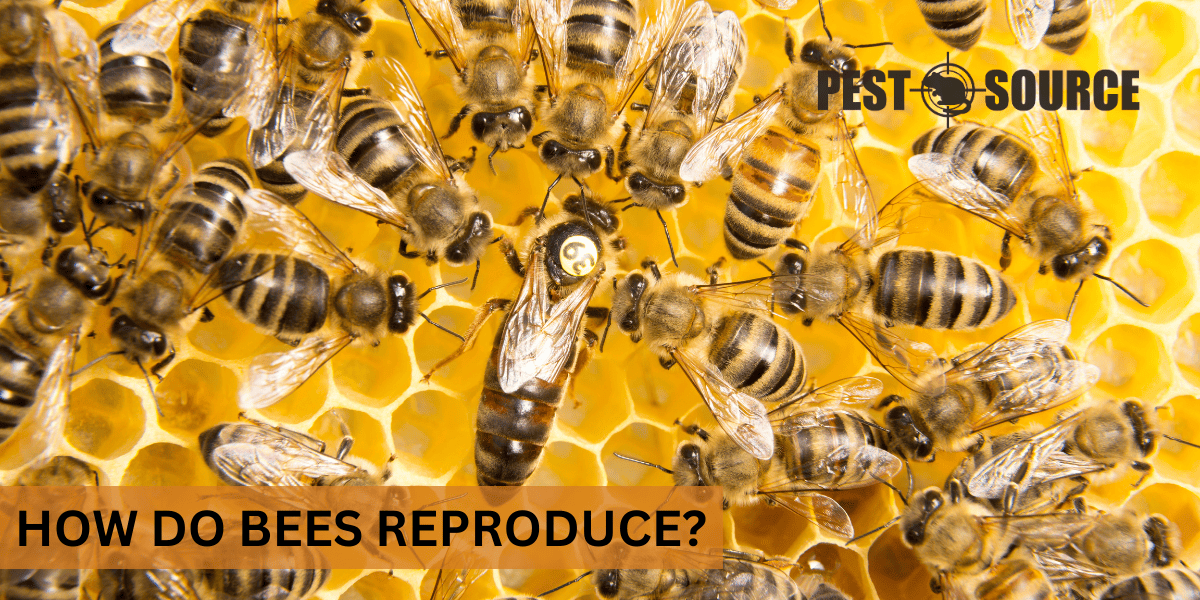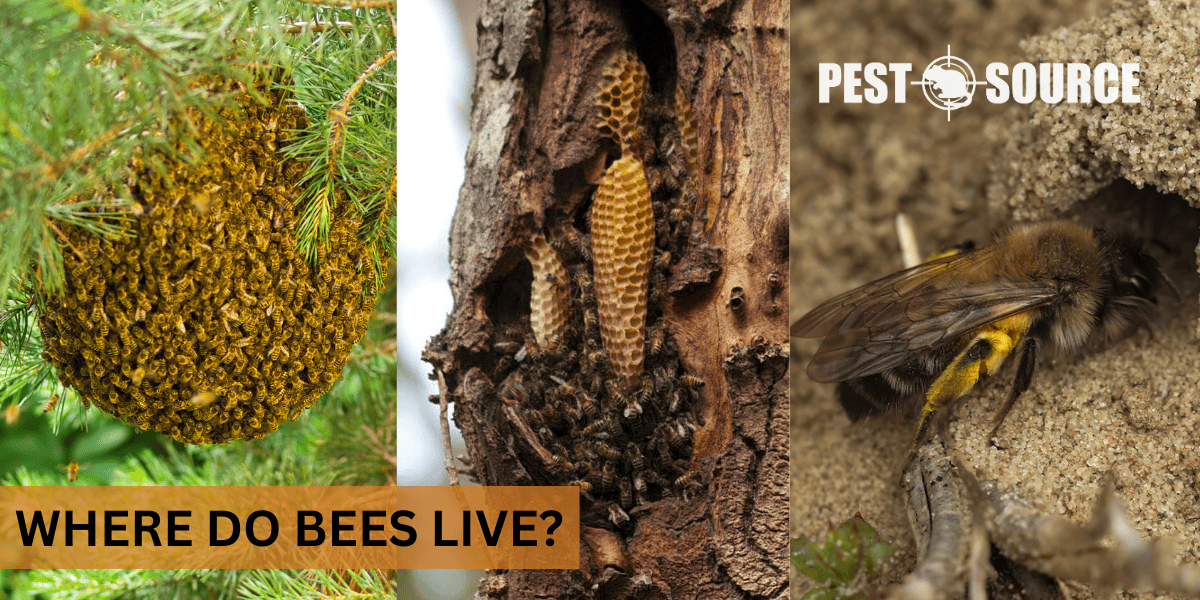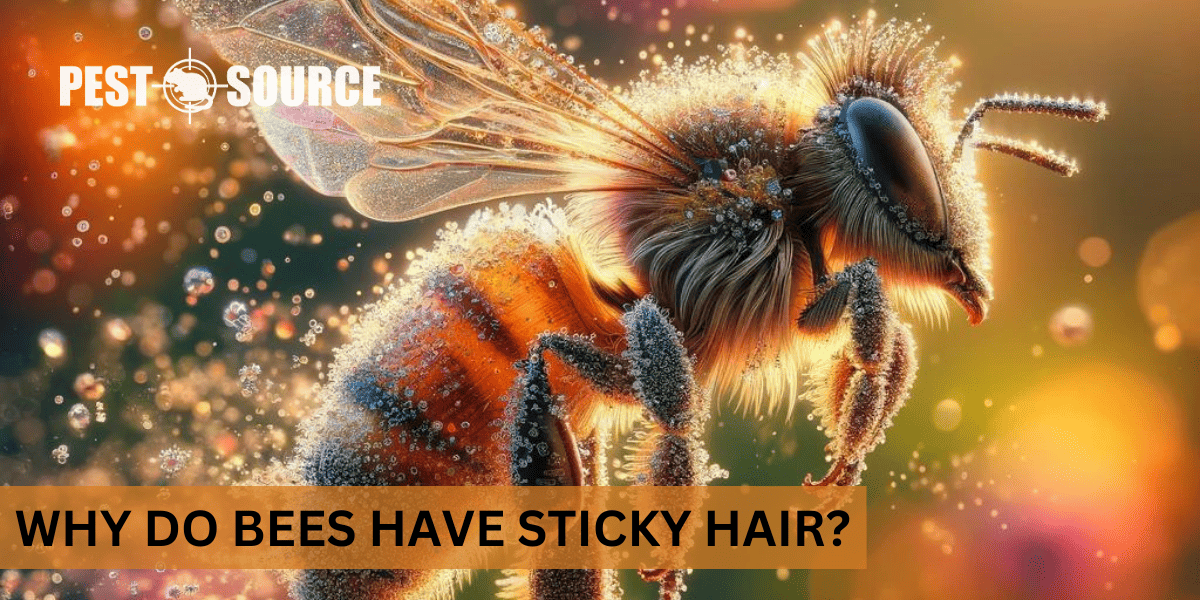Pest Control Services in Central NJ
From bugs to rodents and roaches, we’ve got you covered. About us.








Mice
Whether you’re seeking effective strategies to deter mice from your home, or need robust solutions for an existing mouse problem, our pest control advice on mice is here for you. Addressing a mouse infestation involves understanding their behavior and habitat preferences. Key methods include sealing entry points (like cracks and gaps), maintaining cleanliness to avoid attracting mice with food scraps, and using traps or repellents. Each approach targets different aspects of mouse control: prevention, eradication, and deterrence.
Rats
Rats, with their larger size and thicker tails compared to mice, leave signs like gnawed items and droppings. Control is achieved using traps, baits, and sometimes rodenticides, focusing on areas of high activity. To prevent infestations of rats, eliminate food sources by storing food in sealed containers and keeping spaces clean. Seal entry points such as gaps around pipes and under doors. Outdoor prevention includes maintaining a tidy yard, removing debris, and securing garbage in rat-proof containers.
Bed Bugs
Eliminating bed bugs demands a thorough approach, as they can hide in tiny crevices and survive long periods without feeding. Effective strategies for bed bugs include regular inspection of bedding and furniture, using protective covers for mattresses and pillows, and employing heat treatment or insecticides specifically designed for bed bugs. These methods aim at detection, extermination, and prevention of re-infestation.
Fleas
Tackling a flea infestation requires a multifaceted approach, focusing on both prevention and eradication. Key strategies include regular cleaning and vacuuming to remove fleas and their eggs, treating pets with veterinarian-recommended flea control products, and using chemical or natural treatments in your home. These methods address different aspects of flea control: preventive measures, direct treatment of infestations, and ongoing management.
Ticks
Effective tick control involves landscaping adjustments to reduce tick-friendly habitats, using tick repellents on clothing and skin, and regular checks for ticks on both humans and pets. For those with yards, keeping grass trimmed and creating barriers with gravel or wood chips can deter tick infestations. These tactics cover prevention, personal protection, and environmental management.
Ants
Effective ant control involves identifying and sealing entry points, maintaining cleanliness to eliminate food sources, and using baits or natural deterrents like vinegar or citrus peels. These methods focus on prevention and eradication of ants as well as maintaining a barrier against future infestations. Each strategy targets different aspects of ant management: keeping them out, eliminating existing colonies, and ongoing maintenance.
No-See-Ums
Dealing with no-see-ums, also known as biting midges, can be challenging, but our pest control guide is here to help. Effective control of no-see-ums involves creating physical barriers, using personal protection, and targeting breeding sites. Depending on individual circumstances, one may opt for an all-encompassing approach combining these methods or focus on particular tactics that best suit their specific situation and environment.
Stink Bugs
Managing stink bug invasions requires a combination of preventive measures, like sealing cracks and crevices where they enter, and using physical or chemical means to remove them. Key strategies to control stink bugs include vacuuming them up (without crushing them to avoid odor), employing light traps, and using insecticidal soaps or neem oil as treatment options. These tactics focus on blocking entry points, physical removal, and using treatments that are effective yet safe for your home environment.
Cockroaches
Addressing a cockroach infestation typically involves a combination of cleanliness, sealing potential entry points, and using baits, traps, or insecticides. Key approaches to control cockroaches include thorough cleaning to eliminate food sources, fixing leaks to reduce moisture, and strategically placing baits or traps in high-activity areas. These methods focus on prevention, eradication, and control, each targeting different aspects of cockroach management: deterring their entry, eliminating existing populations, and preventing future infestations.
Spider Crickets
To control spider crickets, it’s crucial to address their preferred habitats by reducing moisture levels, sealing entryways, and employing targeted removal methods. Essential strategies include using dehumidifiers in basements or crawl spaces, repairing any cracks or openings in foundations, and setting up glue traps in areas of frequent cricket activity. These approaches aim at creating an unfavorable environment for spider crickets, blocking their access, and capturing or eliminating those already inside. Homeowners can choose a holistic strategy, incorporating several of these tactics, or concentrate on particular measures that align with their specific needs and living conditions.
